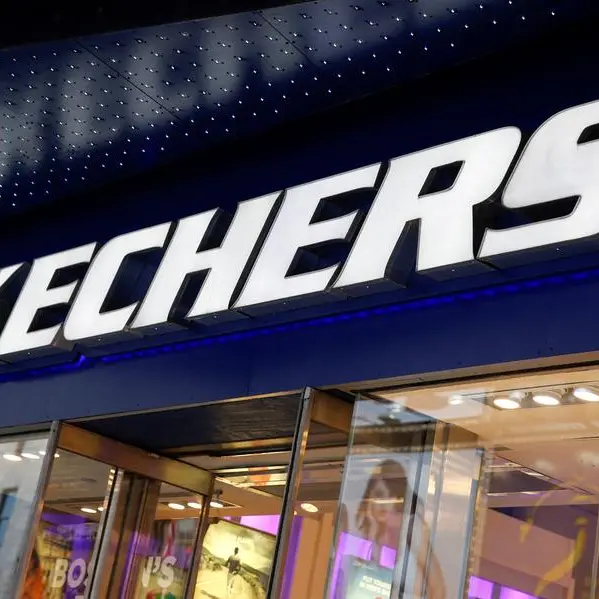PHOTO
Image used for illustrative purpose. Shoppers are seen in Dubai Mall, one of the world's largest shopping malls February 27, 2009. Steve Crisp, Reuters
Mena customers spent 40 per cent more during White Friday this year, compared to a “quiet” period, a new report has shown.
According to the Admitad affiliate network estimates, customers were most active in buying clothes and footwear, electronics, household goods, toys and beauty products.
While searching for trends, Admitad analysed over 153 million online orders of more than 2,800 brands worldwide and over 5,6 million online orders in Mena.
Online sales during White Friday hit records again this year, but data suggests that the excitement around the sale is slowing down every year. According to Admitad, the global increase in sales during the week of White Friday compared to last year was only 8 per cent in the number of sales and 9 per cent in the sum of sales. The Mena market is in perfect sync with global dynamics.
At the same time, the importance of White Friday itself for Mena users is gradually decreasing. Last year, the jump in the number of sales compared to the “quiet period” amounted to 35 per cent. This year, shoppers increased their activity by only 40 per cent despite the overall active growth of Ecommerce sector YoY. “It seems that their attention was diverted by the Single’s Day sale and Cyber Monday following the Friday,” a statement said.
Also, shoppers are more likely to say that White Friday discounts are not as tempting as they used to be. The constant stream of sales has taught customers to scrupulously study the offers from brands, check discounts for truthfulness, juggle with coupons and promo codes and not to give in to the first temptation, but to wait for a really profitable purchase.
Marketplaces, which accounted for more than 60 per cent of purchases worldwide last year, only strengthened their dominance this year, with more than 67 per cent of all online orders made from them during White Friday week. In Mena, they have the same level of dominance and attracted about 69 per cent of purchases during the sale week.
These product categories, according to Admitad’s calculations, attracted the largest share of sales:
Electronics - 24%
Fashion - 17.2%
Home & Garden - 13%
Toys & Hobbies - 7%
Beauty & Health - 6.7%
Tools - 6.5%
Automobiles, Parts & Accessories - 6.3%
Sports & Entertainment - 4.5%
Home Renovation - 4%
Others - 10.8%
These major product categories showed the most significant growth compared to “quiet” period:
●Tools +105%
●Toys & Hobbies +65%
●Electronics +59%
●Sports & Entertainment +55%
●Home & Garden +45%
●Automobiles, Parts & Accessories +41%
The impact of cashback services on Mena customers’ purchases remains very significant - shoppers applied cashback to more than 20 per cent of their online purchases again this year. The possibility to get cashback from a purchase for many users becomes a determining factor when choosing a store or even a particular product.
Content platforms and online media ones again appeared to be one of the main sources of White Friday orders this year and attracted more than 19 per cent of all orders. They are followed by contextual and targeted ads (17 per cent), social media (12.5 per cent), coupon services (9 per cent), browsers (5 per cent) and mobile apps (4 per cent).
Affiliate marketing has also shown its growing popularity, with 20 per cent more brands building it into their marketing strategy than last year. Companies find it convenient to use a tool that allows them to cover all possible sources of traffic and pay only for results. The results of affiliate partners who attract orders for remuneration also improved this year - their profits jumped by 43 per cent compared to earnings during a “quiet” period.
With New Year sales around the corner, “It is important for brands to consider the results of Single’s Day and White Friday in preparation for them,” the statement said.
Copyright © 2022 Khaleej Times. All Rights Reserved. Provided by SyndiGate Media Inc. (Syndigate.info).





















